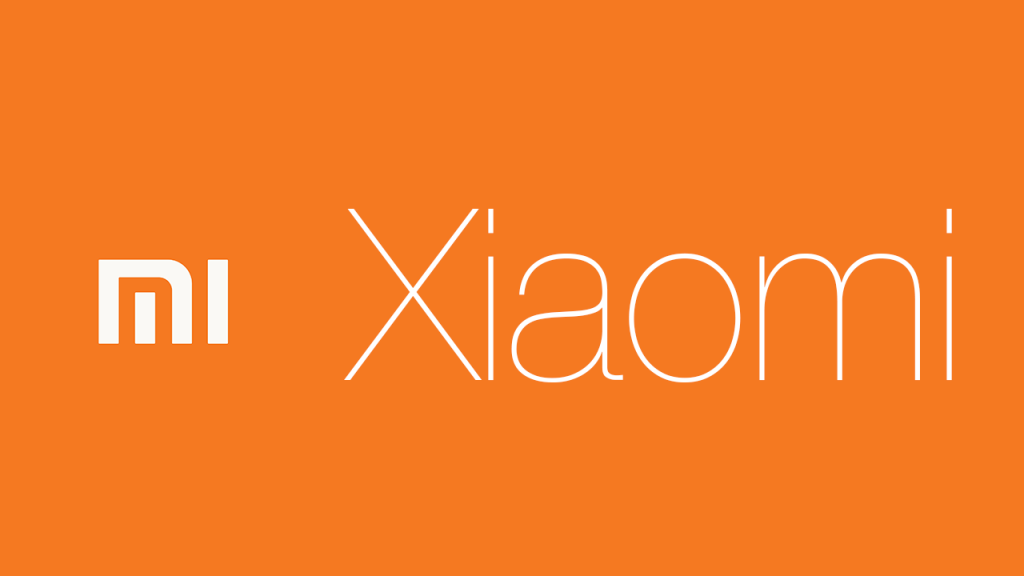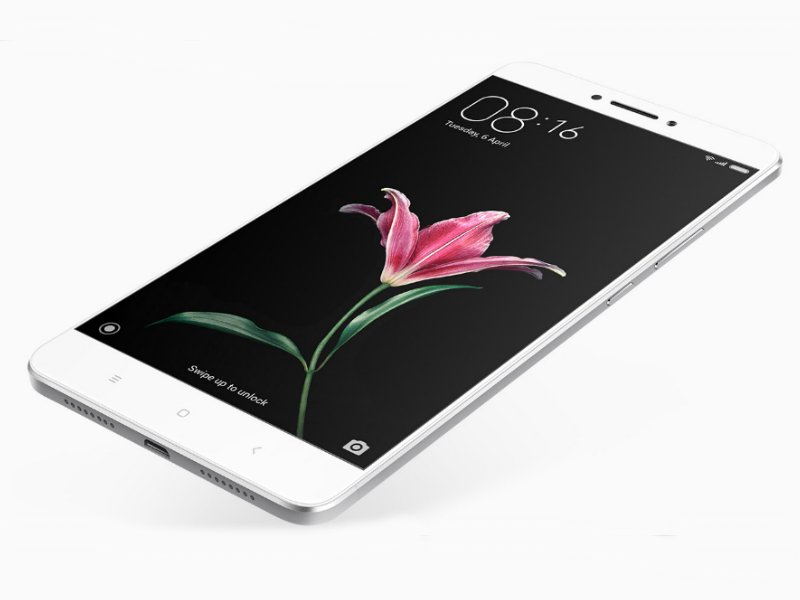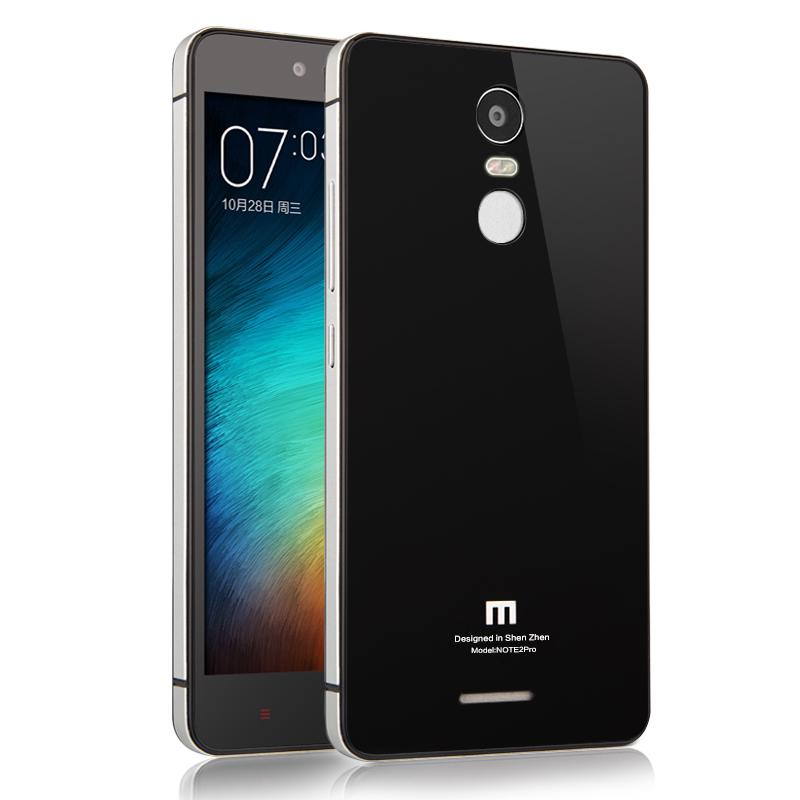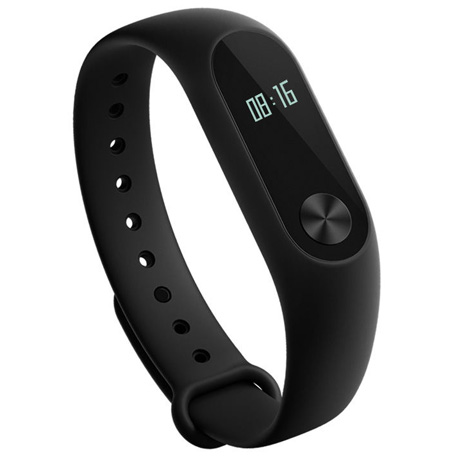Lava, the Indian smartphone company known for its low-cost handsets, on Wednesday launched the Iris Fuel 60 in India. This is the second smartphone in its new ‘Fuel’ series after the Iris Fuel 50. Like the Iris Fuel 50, the Iris Fuel 60 too focusses on the handset’s supposedly ‘stupendous’ battery, which as the company claims, offers up to 32 hours of talk time on 2G networks and a quick-charge time of 3 hours, 15 minutes.
 Now, with a 4,000mAh battery capacity, Lava Iris Fuel 60 priced at Rs. 8,888 has become the smartphone with the highest capcity battery in the sub-Rs. 10,000 segment. Its 4,000mAh battery is larger than those of popular smartphones in its category, such as the Xiaomi Redmi 1S (2,000mAh), Motorola Moto E (1,980mAh), and even the Asus ZenFone 5 A501CG (2,110mAh).
Now, with a 4,000mAh battery capacity, Lava Iris Fuel 60 priced at Rs. 8,888 has become the smartphone with the highest capcity battery in the sub-Rs. 10,000 segment. Its 4,000mAh battery is larger than those of popular smartphones in its category, such as the Xiaomi Redmi 1S (2,000mAh), Motorola Moto E (1,980mAh), and even the Asus ZenFone 5 A501CG (2,110mAh).
This phone feels sturdy at first. The dimensions of 144.8×72.8×10.2mm mean it is considerably thick, as seen in the images. This is the cost of the huge battery the handset possesses. The front, made of Corning Gorilla Glass 3, is a huge fingerprint magnet. The rear camera is placed in the top left corner with its flash, and the speaker grille is on the lower left.
The dual-SIM Lava Iris Fuel 60 runs Android 4.4 KitKat which is now slightly dated. However, company officials confirmed during the launch that an Android 5.0 Lollipop update is in the works and will arrive soon.
The smartphone is powered by the widely used MediaTek MT6582 quad-core processor which is clocked at 1.3GHz, along with 1GB of RAM. Interestingly, the lower-priced Iris Fuel 50 shares the same specifcations, meaning the main difference between the two is battery capacity, and both handsets’ performance should be very similar.
As for the camera, the Lava Iris Fuel 60 sports a decent 10-megapixel rear camera with an LED flash. The images taken in both day light and in low light were satisfying enough. However, on switching to HDR mode, we were not able to take a single sharp image in low light as the shutter took 2-3 seconds to capture the scene at different brightness levels. Also, the camera sometimes tended to lose focus at times resulting in completely blurred images. The front-facing 2-megapixel camera worked fine and images came out slightly grainy, as expected.





